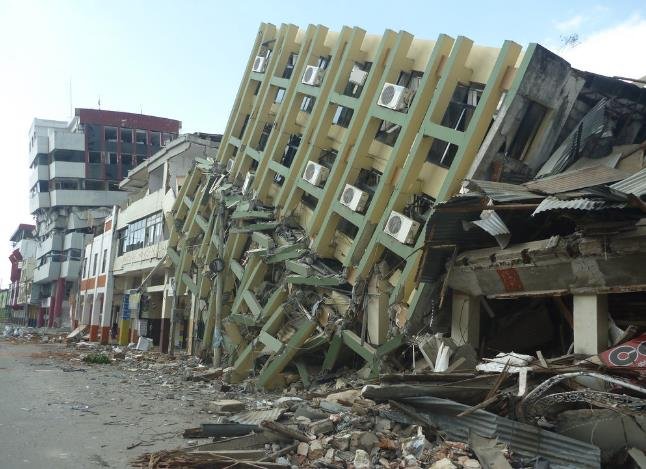An earthquake with a magnitude of 5.5 struck central Syria late Monday, causing tremors that were felt in northern Israel, Lebanon, and Jordan. The quake, which occurred 28 kilometers east of the city of Hama, has left residents in the region on edge, particularly in light of the devastating earthquake that struck northern Syria and Turkey last year. Although there were no reports of major damage, the tremor has heightened fears and anxiety among the already-jittery populations.
The earthquake has caused significant concern among residents in northern Israel and Lebanon. Many people reported feeling the tremors and immediately took to the streets, fearing a stronger quake that could cause buildings to collapse. In the Syrian city of Hama, at least 25 people sustained minor to moderate injuries as they panicked and attempted to escape the shaking buildings.
In Lebanon, the situation was particularly tense due to the ongoing conflict between Hezbollah and Israeli forces. The earthquake added to the already high levels of anxiety, with many residents initially mistaking the tremors for an airstrike. The Lebanese government has urged residents to remain calm and follow safety protocols in the event of aftershocks.

Historical Context and Comparisons
This recent earthquake has brought back memories of the massive 7.8 magnitude quake that struck northern Syria and Turkey in February 2023. That disaster resulted in the deaths of more than 59,000 people and caused widespread destruction in both countries. The memory of that event is still fresh in the minds of many residents, adding to the fear and anxiety caused by the recent tremor.
The region is no stranger to seismic activity, with several fault lines running through the area. However, the frequency and intensity of recent earthquakes have raised concerns about the potential for future, more devastating quakes. Authorities in Syria, Israel, and Lebanon are closely monitoring the situation and have put emergency response plans in place to deal with any potential aftershocks or further seismic activity.
Government and Community Response
In response to the earthquake, local authorities in Syria, Israel, and Lebanon have mobilized emergency services to assess the situation and provide assistance to those affected. In Syria, the National Center for Earthquakes has been closely monitoring the seismic activity and has issued warnings about the potential for aftershocks. The government has also set up temporary shelters for those who have been displaced by the quake.
In Israel, the government has activated its emergency response teams and is working to ensure the safety of its citizens. The Israeli Defense Forces have been put on high alert, and additional resources have been allocated to the northern regions to assist with any potential emergencies. In Lebanon, the government has also taken steps to provide support to its citizens, including setting up emergency hotlines and providing information on how to stay safe during aftershocks.
